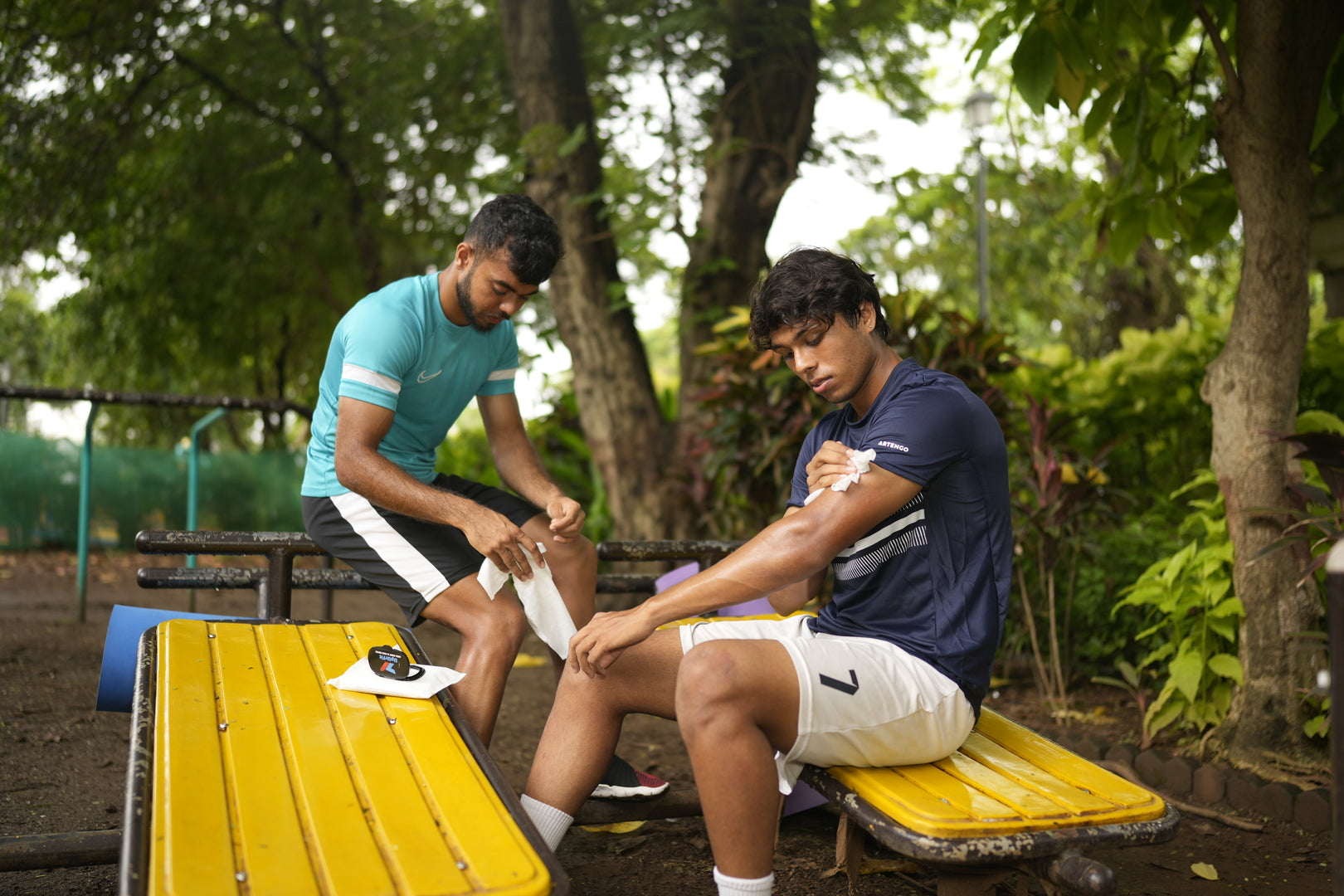Injuries remain to be the darkest side of sports, it seems to be a never ending plague for athletes. We don’t even have to elaborate on the kind of toll injuries take. They can disrupt dreams, derail careers, and have adverse effects on mental and physical well-being. That is why it is important to give it all to prevent it and take every measure possible. Because otherwise it takes one instance to cause devastation. Here we’ve discussed a few ways you can do so.
Part I: Building the Foundation
Strength is not just about lifting heavy weights; it's about creating a sturdy foundation for your body. Strength training helps improve muscle mass, bone density, and joint stability, which, in turn, reduces the risk of injuries. Incorporate compound exercises like squats, deadlifts, and bench presses to develop functional strength.
This is one of the most underrated aspects of training and does not receive as much attention as strength. Regular stretching, yoga, and mobility exercises improve range of motion, reduce muscle tension, and decrease the risk of strains, sprains, and joint injuries. Each stretch should start slowly until you reach a point of muscle tension. Stretching should not be painful. Aim to hold each stretch for at least 20-30 seconds.
These are not to be neglected at all. They’re as important as the workout itself. A very common cause of injury is jumping right into high impact or rigorous exercise without warming the body up first. Warm up increases blood flow, elevates your heart rate, and prepares your muscles and joints for the demands of your sport. Dynamic stretches, light cardio, and sport-specific movements should be part of your pre-game routine. Then the cooldown should take 2 times as long as your warm-ups. Gentle aerobic activity, static stretching, and breathing.
Part II: A Smart Training Regimen
Avoid the common pitfall of overtraining or rapidly increasing your workout intensity. Gradual progression allows your body to adapt, reducing the risk of overuse injuries like stress fractures and tendinitis.
Cross-training introduces diversity into your workouts, reducing the risk of overuse injuries. It can also enhance overall fitness and give your body a much-needed break from repetitive movements.
Pain is not a badge of honor; it's a warning sign. Listen to your body. Ignoring discomfort and pushing through can lead to chronic injuries. Adapt your training plan when pain persists. Take the days off when needed.
Part III: The Recovery Ritual
Sleep and rest are non-negotiable. They are crucial for tissue repair, muscle growth, and overall health. Aim for 7-9 hours of quality sleep each night, and allow your body to recover fully between workouts.
Proper nutrition is the fuel for your recovery. A well-balanced diet rich in proteins, antioxidants, and essential nutrients supports your body in healing and reduces inflammation. And drinking loads of fluids goes without saying.
Both active and passive recovery have their roles. Low-intensity activities like yoga and swimming maintain blood flow and stimulate muscle recovery. Passive recovery methods, like ice baths or foam rolling, can help reduce muscle soreness and improve overall healing.
Part IV: Seeking Professional Guidance
Even when you feel healthy, regular medical check-ups can identify potential issues early, preventing them from developing into serious injuries.
Certified trainers and physical therapists can help you design a personalized training plan and identify any weaknesses or imbalances in your body, reducing the risk of future injuries. That also helps in maintaining proper technique and form.
Conclusion
By prioritizing proper training, rest, nutrition, and seeking professional guidance, you can maximize your athletic potential while minimizing the risk of injury. Remember, your body is your lifelong companion in your athletic journey. Treat it with respect, and it will carry you to heights you never thought possible. Staying strong comes with staying safe.



